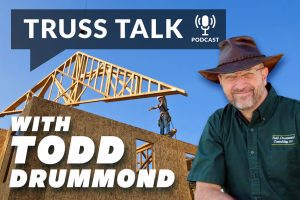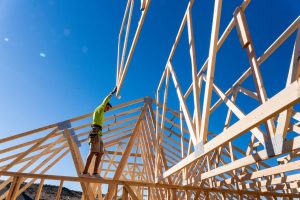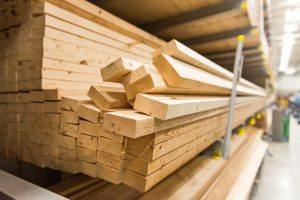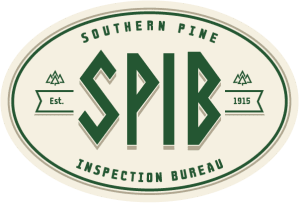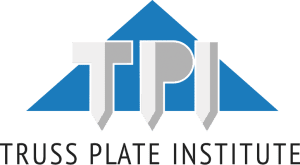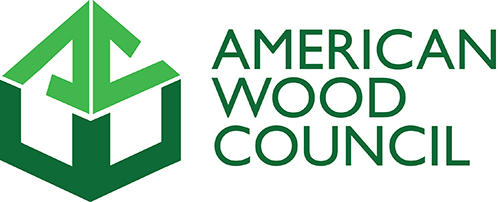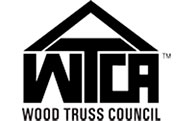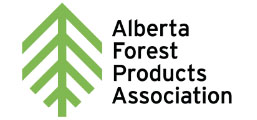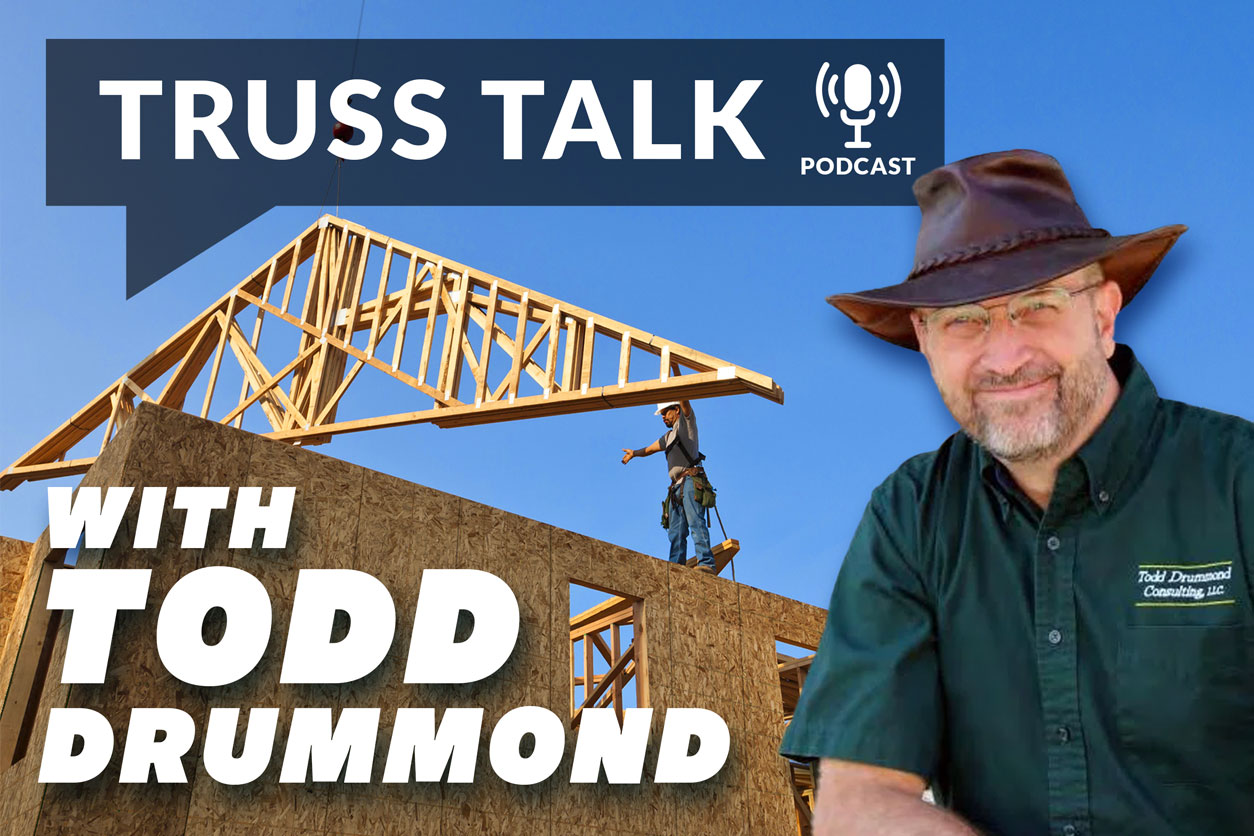
Todd shares his background in component manufacturing and how he got involved in roof and floor trusses. He discusses the biggest issues facing the industry, such as changing market dynamics and supply outstripping demand. Todd explains the primary factors driving demand for trusses, including the need for pre-designed components and the demand for structural integrity. He highlights the key features and benefits of selling trusses over rafters, such as engineered systems, clear span advantages, and complexity handling. Todd also discusses the design process differences between repetitive and custom homes, the impact of roof covering on truss design, and the future of truss design and automation. In this conversation, Todd Drummond discusses the importance of setting aside ego and learning from others in the truss manufacturing industry. He emphasizes the need for companies to adopt lean manufacturing practices and improve their industrial engineering processes. Todd also highlights the benefits of using wood as the primary material for truss manufacturing, including its flexibility, cost competitiveness, and ease of use. He explains the rigorous testing that trusses undergo to ensure their structural integrity and safety. Todd also touches on market trends, such as the increasing use of wall panels and floor trusses, and the challenges posed by the skilled labor shortage. He concludes by discussing the future of component manufacturing, which is dependent on factors such as market demand, building regulations, and automation.
Keywords
component manufacturing, roof trusses, floor trusses, industry landscape, demand, labor, truss design, roof covering, automation, challenges, improvement opportunities, truss manufacturing, lean manufacturing, industrial engineering, wood, steel, aluminum, structural integrity, testing, market trends, skilled labor shortage, component manufacturing, automation
Takeaways
- The component manufacturing industry is facing challenges such as changing market dynamics and supply outstripping demand.
- The primary factors driving demand for trusses are new construction, the need for pre-designed components, and the demand for structural integrity.
- Selling trusses over rafters offers advantages such as engineered systems, clear span capabilities, and handling complexity.
- The design process differs between repetitive and custom homes, with repetitive homes requiring less design work.
- The type of roof covering impacts truss design, with different loads and considerations for different materials.
- The future of truss design is expected to involve more automation and robotics, but challenges remain in terms of reliability and complexity.
- Improving the performance of a component plant requires a willingness to learn from others, adapt to changing markets, and embrace new methods and technologies. Set aside ego and learn from others in the industry to improve productivity and processes.
- Adopt lean manufacturing practices and focus on industrial engineering to optimize operations.
- Wood is the most flexible, forgiving, and cost-competitive material for truss manufacturing.
- Trusses undergo rigorous testing to ensure structural integrity and safety.
- Market trends include the increasing use of wall panels and floor trusses.
- The skilled labor shortage poses challenges for the industry.
- The future of component manufacturing depends on market demand, building regulations, and automation.
Titles
- Impact of Roof Covering on Truss Design
- The Future of Truss Design and Automation The Future of Component Manufacturing
- The Benefits of Wood in Truss Manufacturing
Sound Bites
- “I live and breathe to help people improve their net profit in their business.”
- “You’re too caught up seeing the trees and need to stand back and look at the forest.”
- “The capacity of the industry is larger than the demand.”
- “Todd was right. But Todd isn’t right about this by himself.”
- “Putting aside the damn ego. I can’t emphasize enough.”
- “You know this simply by the unit of board foot. It tells you right away. It’s impossible for that to work properly.”
Chapters
00:00 Todd’s Background and Involvement in Component Manufacturing
02:42 Industry Landscape and Challenges
07:41 Driving Factors for Truss Demand and Advantages over Rafters
12:11 Design Differences between Repetitive and Custom Homes
20:20 The Future of Truss Design and Automation
26:13 Emerging Trends in Sustainable or Green Truss Design
28:04 Challenges of Adopting Robotics and Full Automation
38:05 Opportunities to Improve Performance in Component Plants
42:01 Setting Aside Ego and Learning from Others
44:15 The Benefits of Wood in Truss Manufacturing
46:52 Ensuring Structural Integrity and Safety in Trusses
49:16 Analyzing Lumber Grade in Truss Design
51:48 Factors Influencing Lumber Grade in Truss Design
55:34 Market Trends: Wall Panels and Floor Trusses
59:55 Challenges Posed by the Skilled Labor Shortage
01:05:31 The Future of Component Manufacturing
